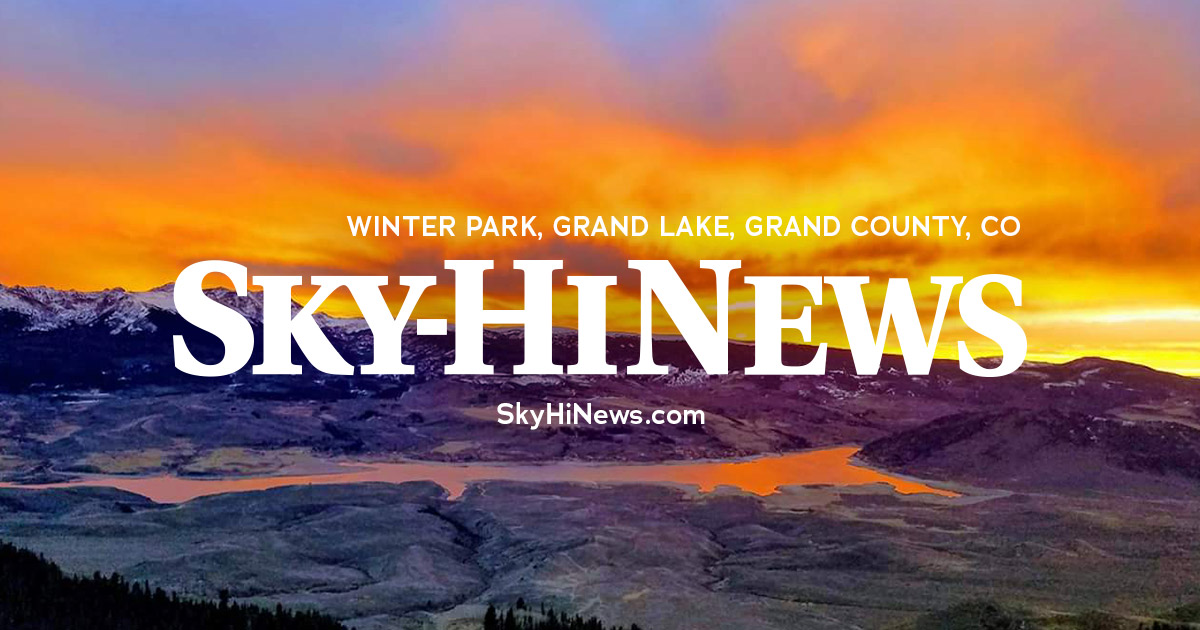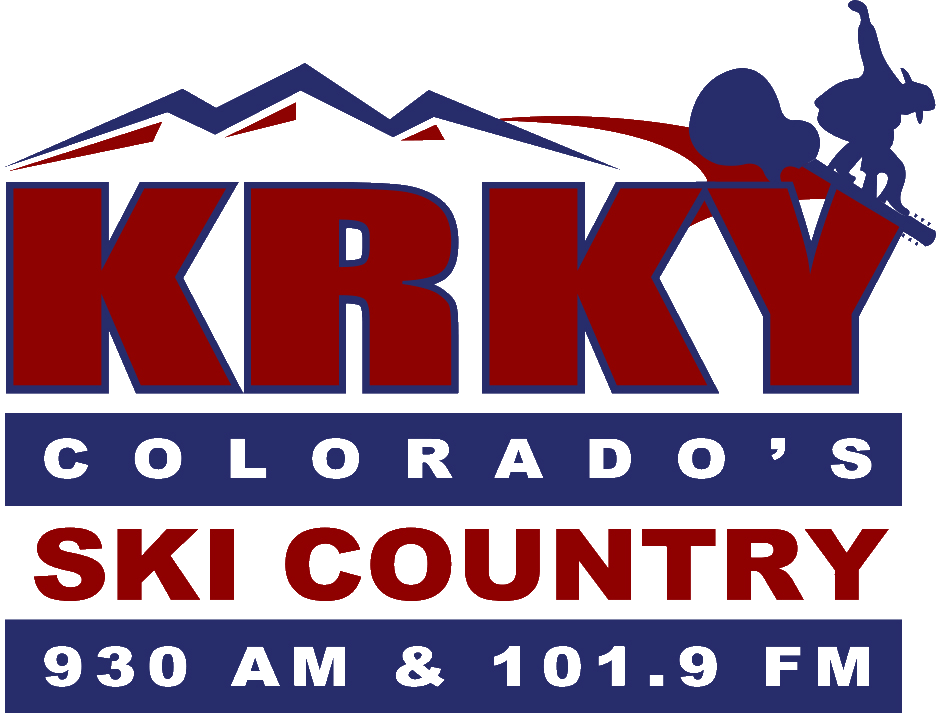
When a half-mile wide EF-4 tornado ripped through a neighborhood in Murfreesboro, Tennessee, on April 10, 2009, the city was left bruised, battered and torn on Good Friday of all days.
After the storm subsided, the streets were blocked by debris, and gridlock crippled the city. In some cases, people’s personal belongings were found miles away from their destroyed homes, now rubble scattered across the beautiful Southern landscape.
Luckily, the twister struck in the middle of the day with a warning and enough people at work that the death toll was amazingly low for such widespread destruction — a young mother and her newborn. Had the tornado hit at night, when most people are asleep, Murfreesboro could have lost so many more.
No news was more difficult than those two deaths; that’s for sure. But from the widespread wreckage also emerged hope, as people responded to the storm in ways that showed the best of humanity and reminded everyone of what it is to be truly great. Even before the sun came out that horrible day, neighbors were scrambling to unbury their neighbors, strangers gave willingly and people started to rebuild their city and their lives.
The coronavirus might be the fastest, slow disaster I’ve ever seen. So far, I’ve been blown away by a situation that seems to change almost by the minute, but forces everyone to watch day after day inside their homes as it brings their world to a standstill. With the coronavirus, it’s like we’re still hearing the tornado alarm a week after seeing the funnel cloud. The floodwater’s still rising, and even now nobody seems to know where the fallout might end.
Some snapshots are beginning to emerge. And they look pretty bad — bad for the economy, bad for the health care system, bad for the people and business owners who are suddenly out of work.
But the devastation won’t be the only story to come out of this. Even though we’re still watching the destruction of the coronavirus unfold, we’re already seeing people come together and find new ways to stall the pandemic.
In a conversation with Schelly Olson, a spokesperson for the Grand County COVID-19 Response Team, we talked about the county’s first confirmed case of COVID-19, how there will inevitably be more, what’s happening with the local response effort and how people might help mitigate this disaster.
The virus is ripping across the state and the country, and the numbers of confirmed cases are swelling as more testing comes back. These are scary times no doubt, but as a collective, we can heed the advice of the local officials, the Centers for Disease Control and the World Health Organization to take reasonable precautions. We can’t bubble wrap the world, but we can hedge our bets.
The death rate for COVID-19 is highest among the elderly and those with compromised immune systems. The best course of action right now is minimizing the spread, which means social distancing has become the runaway catchphrase of 2020 and scrubbing your grubby mitts is more important than ever.
This looks like a numbers game, and the stakes are immeasurably high for some people. If doing a few things like this offers people at the highest risk the best chance of being protected, it’s worth it.
As individuals, we need to own our actions. It’s up to this newspaper to produce reliable, accurate information that’s of value to this community, and it’s up to you what you do with it.
Stockpiling supplies doesn’t help anyone right now, and please, please don’t do it with medications. It’s OK to get what you need, but it’s not OK to load up to a point someone else has to go without.
Humanity will survive the pandemic, and Grand County will come through this storm. These are already unforgettable times, but talking to Olson, the biggest goal right now is to get people to hunker down, create some distance and make any would-be spike of infections a small bump as this pandemic passes over us.
Life will go on once the novel coronavirus has faded, and the devastation won’t be the only way our community and this country get measured in this. More than what was lost, people will remember how they came together, what they did to help one another and how we survived the storm.
